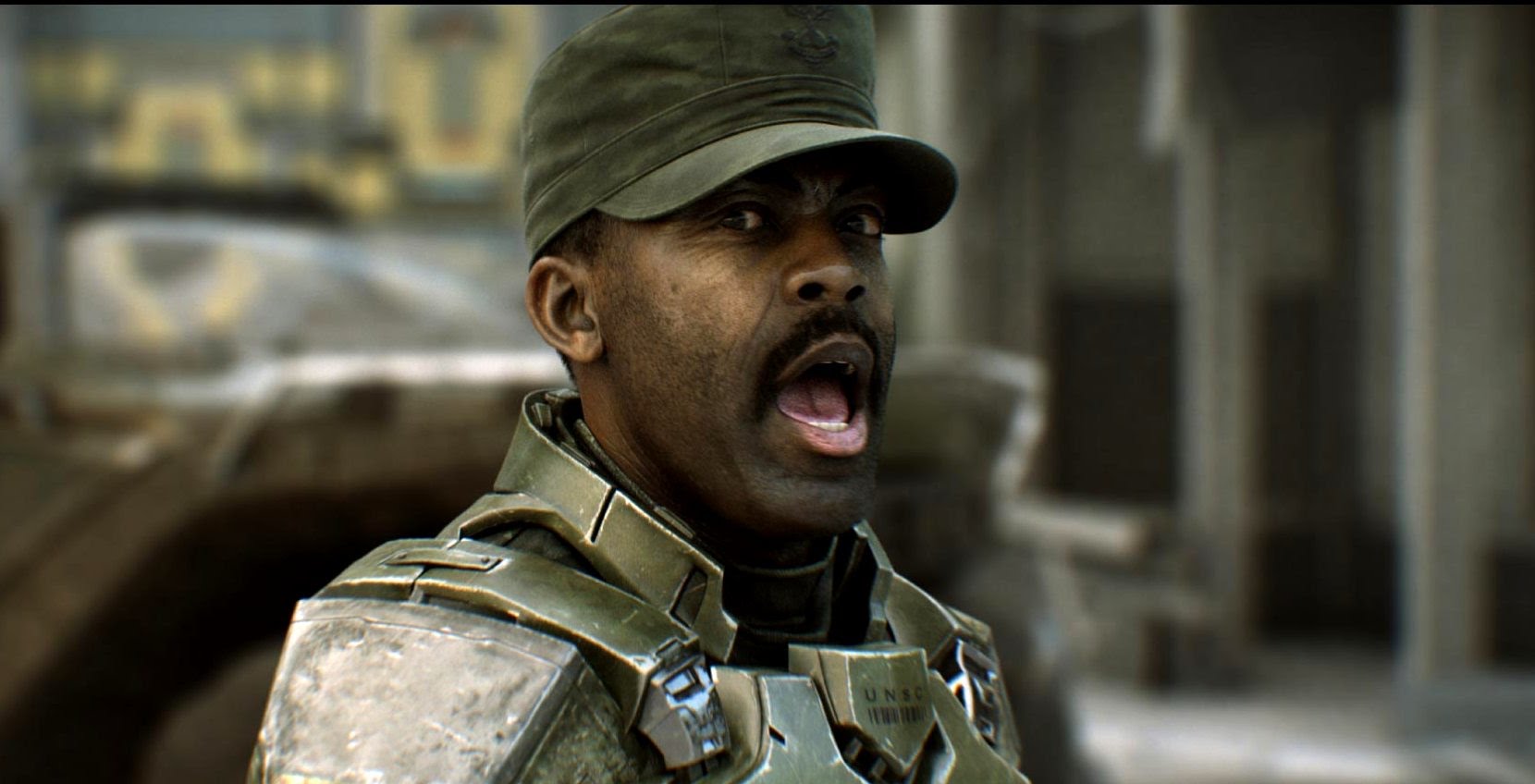
In part three of this series, I want to talk about stereotypes in gaming. The famous actor, Forest Whitaker once said that “stereotypes do exist, but we have to walk through them”. These words are extremely powerful and should be considered as we talk about the stereotypical characters found in video games. To start, some stereotypes are based on the sexual. Think a woman with large breasts, a tiny waist and who is a damsel in distress. But stereotypes are also racial. In many games, as I’ve mentioned in my previous posts, most of the characters are white. If there is a Black or Hispanic character, they are portrayed in a very specific way. Like a thug, for example.
That said, even if you look at Mario and Luigi, they are your stereotypical Italian plumber. It’s interesting to think that these stereotypes existed 30 plus years ago, and even in cartoon form. I guess what I’m saying is that these stereotypes are everywhere. When it comes to race, though, I think we should make note of the stereotypes that exist.
- Italian-Americans (Mario and Luigi)
- Black Female Americans (Letitia)
- Angry Black Man (Sgt. Avery Johnson – Halo)
- Jive Talkin’ Black Man (Gears of War)
- The Crazy Black Rapper (Sam B – Dead Island)

I’m not including this list to offend anyone, but rather to point out that these characters exist, and I’m not the only one who thinks they’re offensively stereotypical. In general, I think society views Black and Latino people in a very specific way. Society dictates that young Black men can only grow up to be athletes, rappers or gansters. And while there are many great athletes who happen to be Black, that doesn’t mean we should stereotype them in this regard. Latino men would seem to have it worse, in that we assume that they can only do menial labor. But let’s get back to video games. What characters exist that portray stereotypes?
Let’s start with Carl Johnson from Grand Theft Auto: San Andreas. You know this was coming right? If you Google his character, you will get the following background information on him:
Carl was born in Ganton, a hood located in the eastern part of Los Santos. While growing up, he and his brothers, Brian and Sean “Sweet” Johnson, fell into the gang life, along with numerous others who lived in Ganton. In 1987, after a tragic accident that resulted in the death of Brian, Carl left the pressures of gang violence to Liberty City, where he worked with Salvatore Leone’s son, Joey, taking part in muggings and car theft.

Seriously? To start, Carl was born in the hood. All this does is perpetuate the stereotype that people who grew up in those conditions, and who are of color, are predisposed to taking part in criminal activity. Let me ask you this, though: Is this how we want to perceive Black men? What is the benefit to portraying Black men, in video games, as thugs? Another character – Marcus Reed in True Crime New York City, is portrayed much the same way. Yes, these games are a bit older, but I think that it clearly demonstrates my point. When there are people of color in video games, they’re portrayed stereotypically. Otherwise, they’re left out completely or have minor roles to play.
In my previous post, I suggested that statistically, there aren’t a lot of people of color developing video games, to begin with. Is that the only reason for the lack of representation? Or, does society want to place people of color into boxes and continue to make assumptions? Overall, I think that with movies like Black Panther, as well as the #metoo movement, we are starting to see a cultural shift. Whether it’s thinking about race or sexuality, or consent, we are looking at them and considering them in a different way. This is something that we should have done 30, 40 and even 50 years ago, but we are starting to see some change. That said, we still have a long way to go when it comes to video games. In my next post, I want to talk about what kind of impact society has on the video game industry – for better or worse.



